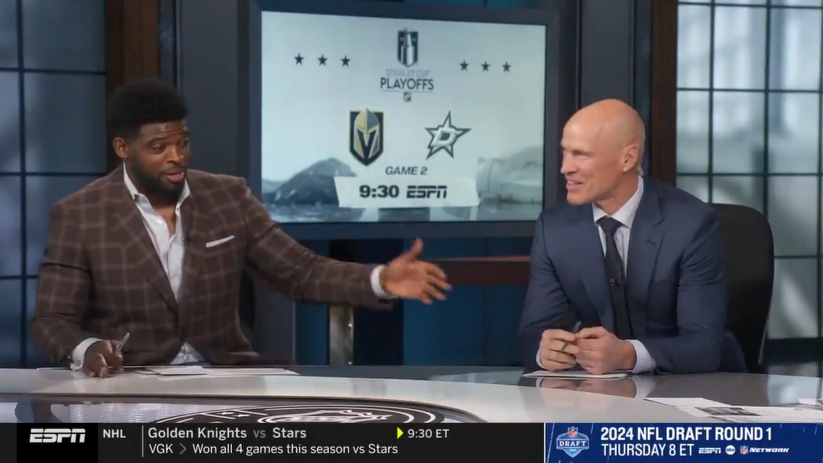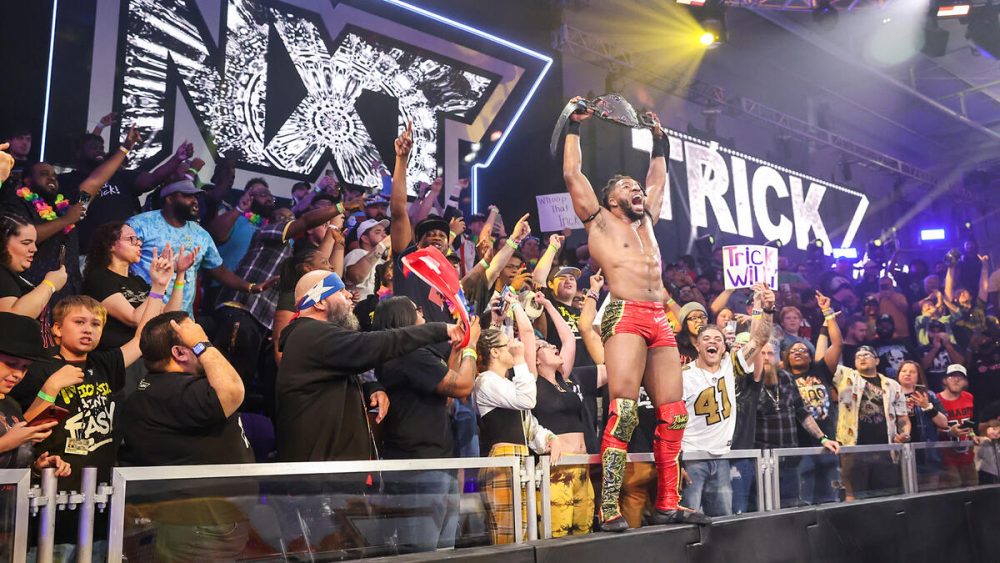The Players’ Tribune launched in 2014, with the initial mission of offering a place for athletes to tell their (focus-grouped, brand-conscious) stories directly. (It also led to an endless series of Twitter jokes about Kobe Bryant being editorial director and whether or not deputy publisher Kevin Durant outranked him.)
Now, though, a visit to the Tribune yields, well, not that much at all. Gone (mostly)are the days filled with big names revealing personal news or making free agency announcements or just offering various glimpses into life as an athlete. The value of that output was always somewhat questionable, but there was at least an audience for it, especially when combined with the athlete themselves using their social media following for promotion.
However valuable that content was, there was certainly at least content. There’s a lot less of everything now. There’s Ricky Rubio’s admittedly powerful story about dealing with the loss of his mother from this Monday, and a few posts from last week as well, along with some recurring lifestyle videos and pieces. What happened?
Digiday’s Max Willens attempted to answer that question, and his report outlines how the fundamental flaws of The Players’ Tribune model have apparently all been exposed.
But the company also produced too little content to thrive in a crowded digital media landscape, which, in turn, hampered the company’s branded content business and subsequent efforts to diversify its revenues. The Players’ Tribune’s website has attracted fewer than 1 million monthly unique users in 14 of the past 15 months, according to Comscore data.
The startup also failed to keep its costs under control, paying top dollar to work with talent that did not always promote the finished product, which compelled the site to overspend to hit branded content view goals.
The lack of content is also highlighted, along with the struggles even a celebrity-founded, well-funded publisher can have if they can’t bend their model to Facebook’s algorithm, thanks in large part to only putting out around five new things per week:
The lack of raw material for Facebook and other social platforms to distribute made it harder for Facebook to determine that The Players’ Tribune’s content should be distributed to a large chunk of audience.
“Without training the algorithm, there’s not going to be any organic lift,” said Michael Wertheim, a media consultant who has advised publishers including Atlantic Media, New York Media and National Geographic. “I think they’re banking on the branded content having a celebrity component, so you won’t have to pay quite as much. But with Facebook changing its algorithm to not privilege professional content, that’s tough.”
The whole thing is a fascinating look at the problems that arise for media companies of all types.
Clearly the plan for The Players’ Tribune was to launch with a big splash and then turn that into a growing platform for athletes and celebrities to keep coming back to share things directly with an audience. The problem, of course, is that social media already offers that conduit for most athletes, as it does for most people; why write (or work with a team to create) a longform blog post when you can just throw something on Twitter or Instagram with much less time, hassle, and commitment?
The Player’s Tribune can certainly still provide a home for stories that can take over headlines, as with Sue Bird’s piece from this summer about her partner Megan Rapinoe. But the ceiling is incredibly low right now with the traffic numbers in the Digiday report, and traffic isn’t likely to be boosted any time soon with the current level of output. Considering Derek Jeter is currently focused on an entirely different questionable venture, it’s hard to see any path forward beyond a sale and a major strategic overhaul.
[Digiday]







